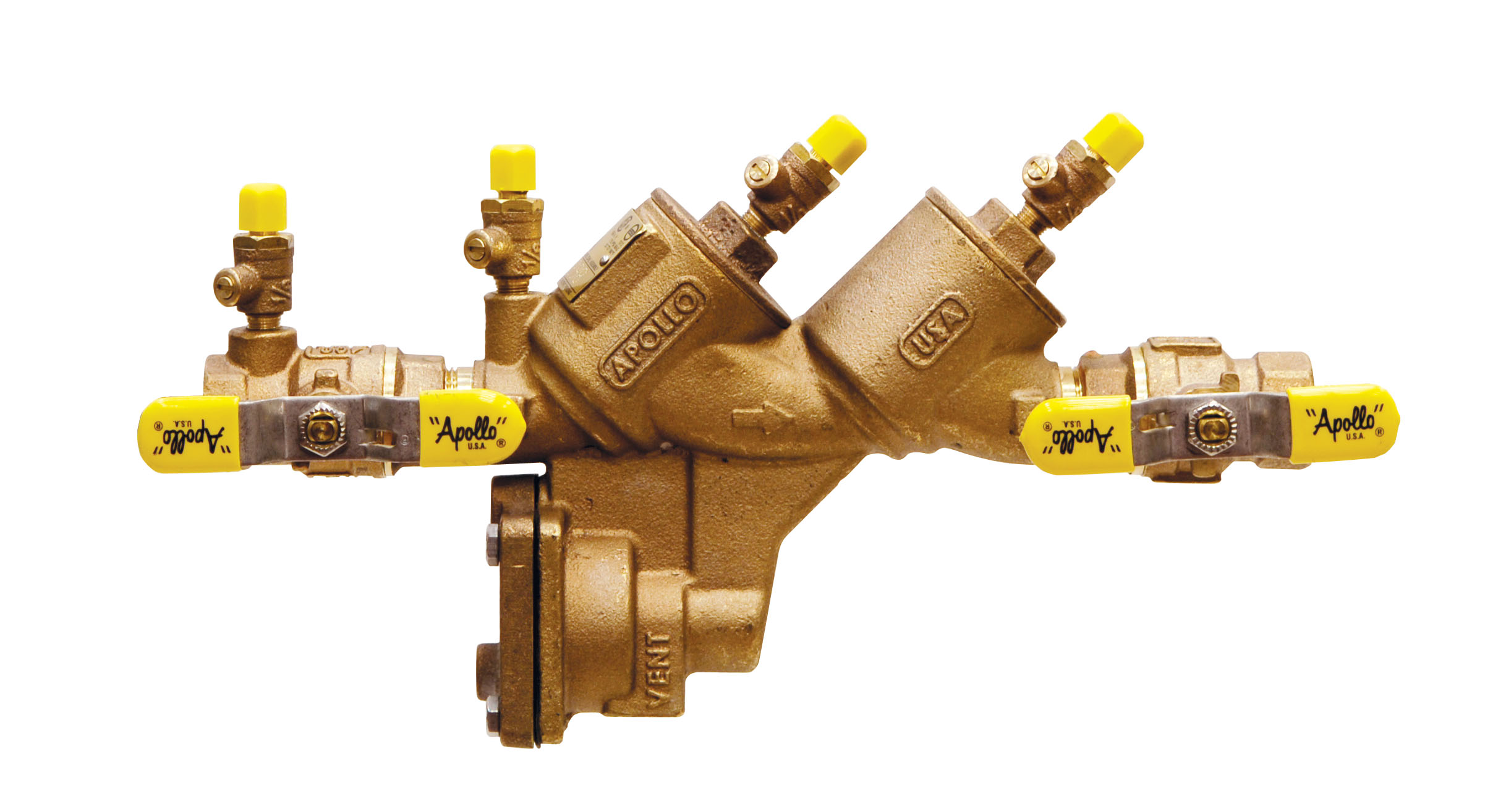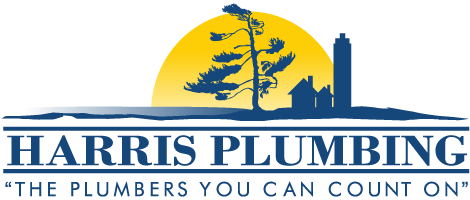
What is Backflow?
Backflow refers to the unwanted reversal of normal water flow, which can cause contamination of a healthy water supply. Backflow can also cause sewage basement flooding and it is caused by back-pressure or back-siphonage. Backflow prevention devices are put into place as a way to ensure your water is healthy and safe.
Back-Pressure Vs. Back-Siphonage
Back-pressure is classified by pressure in a private water system that is more powerful than the pressure in the city’s water system. This pressure forces water from private systems into the city’s supply system and therefore into the homes of residents.
Back-siphonage is classified by the reversal of regular water flow and is caused by a pressure reduction in a city’s local water supply system. This is most often caused by changes in water flow due to local firefighting or by a water main breaking.
Understanding Cross Connections
Cross-connections refer to any device in which backflow can occur, as cross connectors can permit a crossover between your water supply and a contaminated source. Some examples of contamination through cross connections include connections to metal processing or chemical plants, irrigation systems, car wash facilities, etc.
Identifying Backflow
You may be experiencing backflow if you notice your water supply has an unusual:
- Colour
- Smell
- Taste
- Flow
However, not all contaminants can be recognized by colour, taste, or smell, so it is important to have your water tested and your systems inspected.
Why Backflow Prevention Is Important
If backflow occurs, your bathing, washing, and drinking water can become contaminated and unsafe. This makes it critical for private water supply systems to be kept separate from public water systems.
”A key concern of the OWWA and the water industry is the prevention of backflow, which is a flowing back of water, or reversal of the normal flow. If backflow occurs in a public water system, the action can pollute or contaminate the water in that system creating a health hazard for consumers.” – The Ontario Works Association
Backflow can also cause serious bodily harm through the spreading of illness and disease. Historically, backflow has caused the spread of typhoid and dysentery in the 1800’s, infectious hepatitis in the 1900’s, Legionnaire’s disease (Philadelphia) in 1976, Salmonella (Chicago) in 1985, as well as many other health crises throughout the world.
The Stratford, Ontario Case – 2005
Backflow prevention is necessary to prevent potential health crises in Canada. This was especially evident in a 2005 case in Stratford, Ontario, in which 30,000 residents began to notice a red and foamy substance in their water systems. It was determined that backflow from a car wash had occurred and that a backflow prevention device could have prevented an entire town from going days without healthy and clean drinking water.
A Push For Backflow Prevention In Ontario
As stated by the OWWA, Ontario is recognized by many as a world leader in issues pertaining to drinking water. Following the case in Stratford, Ontario, the ministry responded by establishing a working group with the OWWA, Municipal Affairs, and a number of plumbing organizations to establish a plan for backflow prevention. Together, this group reviews and researches ways in which to reduce and eliminate the risks of backflow in Ontario.
Preventing Backflow

To keep private and public water systems isolated, a backflow prevention device must be installed. Strategically connected into the plumbing system, the backflow prevention device will prevent contaminated water from coming in contact with drinking water. Backflow can also be prevented by maintaining positive pressures in the distribution system and by the implementation of municipal rules for backflow prevention programs.
- Reducing Risk with Annual Inspection: As plumbing systems have moving parts, backflow prevention devices should be inspected annually to ensure they are working exactly how they are intended. By checking these devices frequently, your odds of water contamination and backflow are greatly reduced.
- Professional Service Required: Backflow prevention inspections and installations must be performed by a licensed and professional plumber who has obtained a backflow license – recognized and authorized by your local municipality.
To learn more, please visit our Backflow Prevention service page.
Contact Harris Plumbing For Your Backflow Prevention Needs
At Harris Plumbing, we work with the local municipalities of Collingwood, Barrie, Orillia, Aurora, Newmarket, Richmond Hill, Markham, and Huntsville to ensure your local water supply is safe and complies with local requirements. If you receive a letter of compliance from your municipality, contact the team at Harris Plumbing to schedule your surveys, inspections, annual device testing, and installations.
Call us toll-free – we’ll get back to you as soon as we can to offer our professional services and support.
[maxbutton id=”1″ ]

